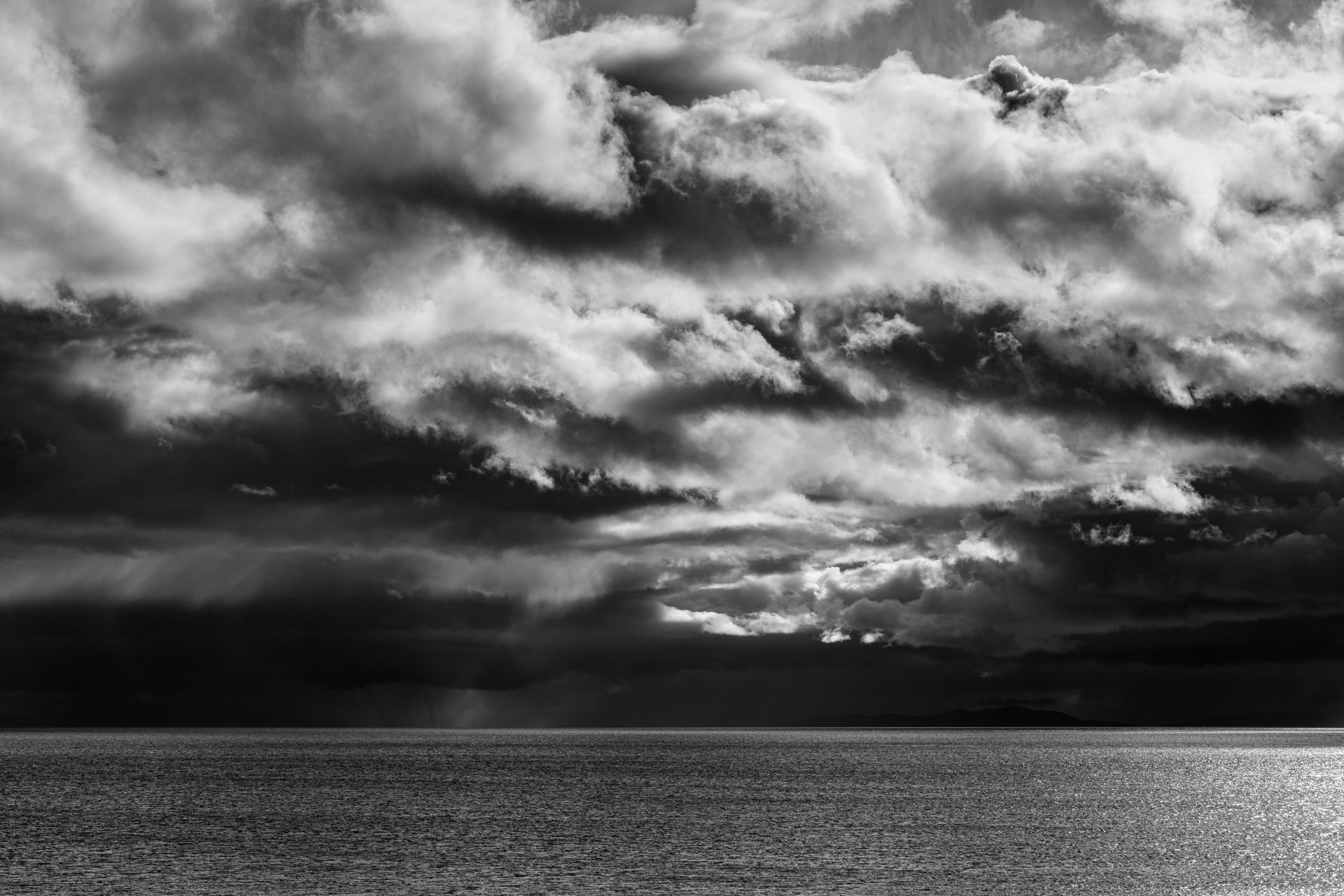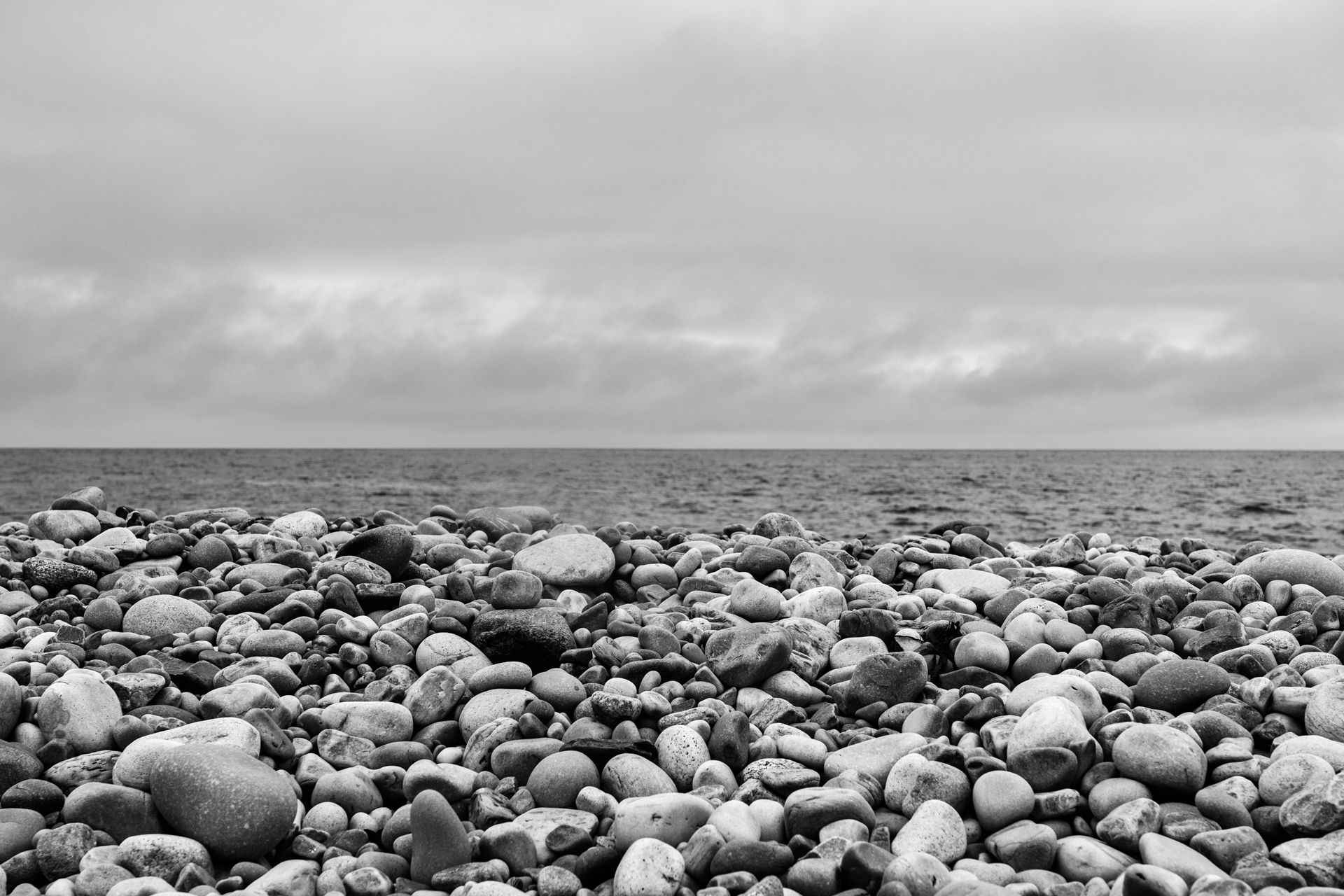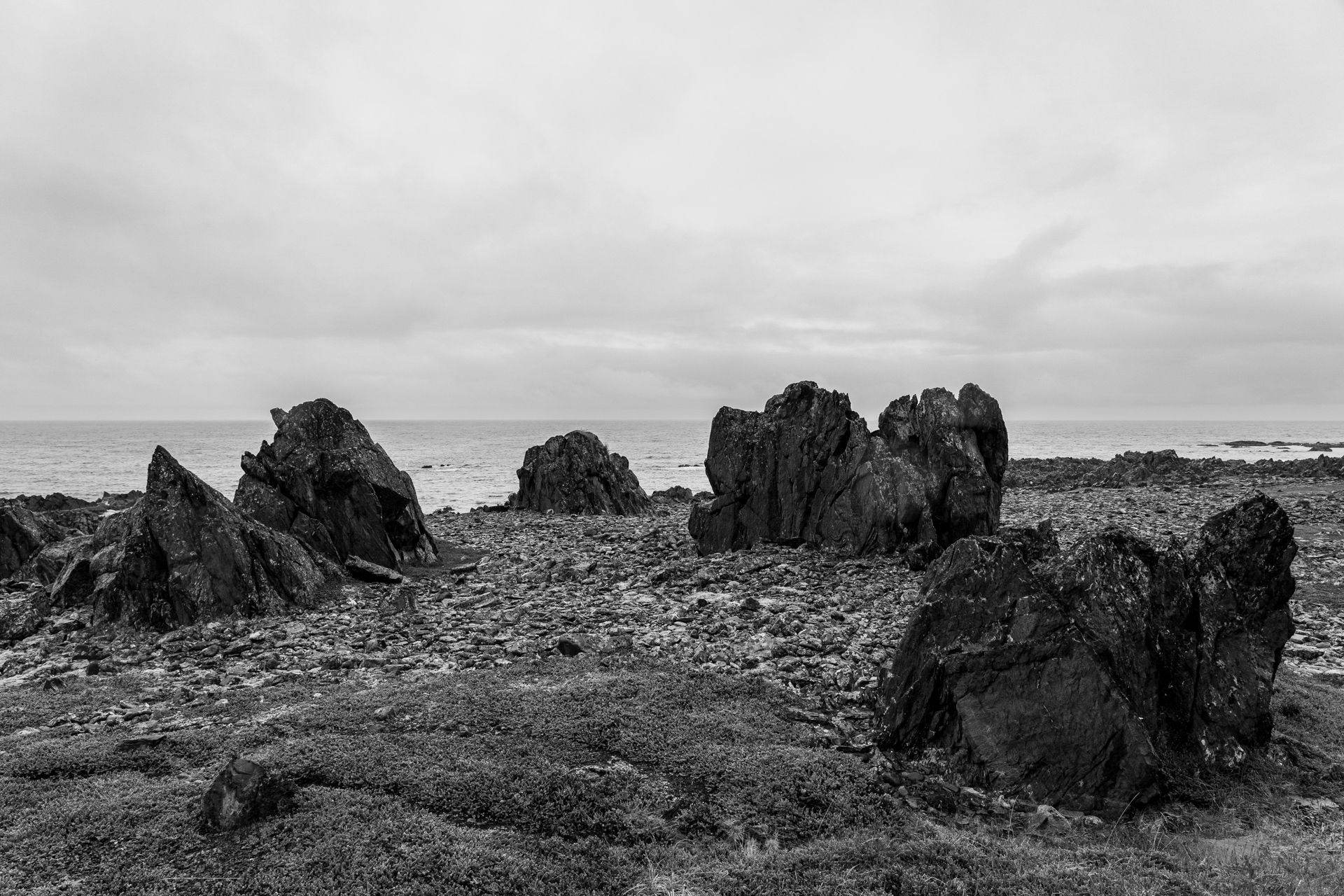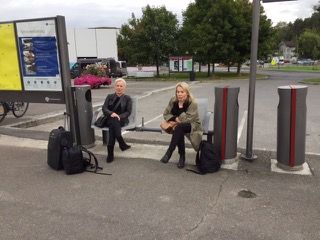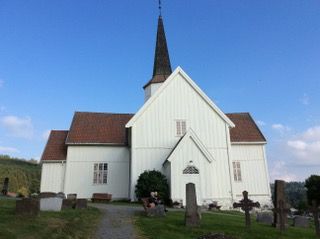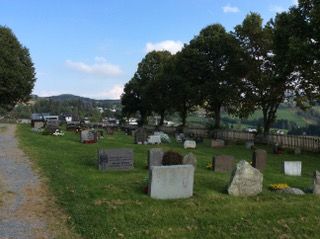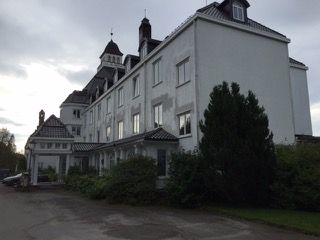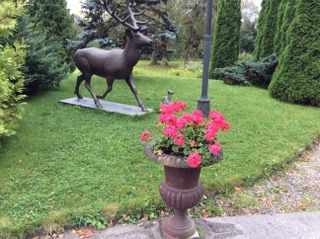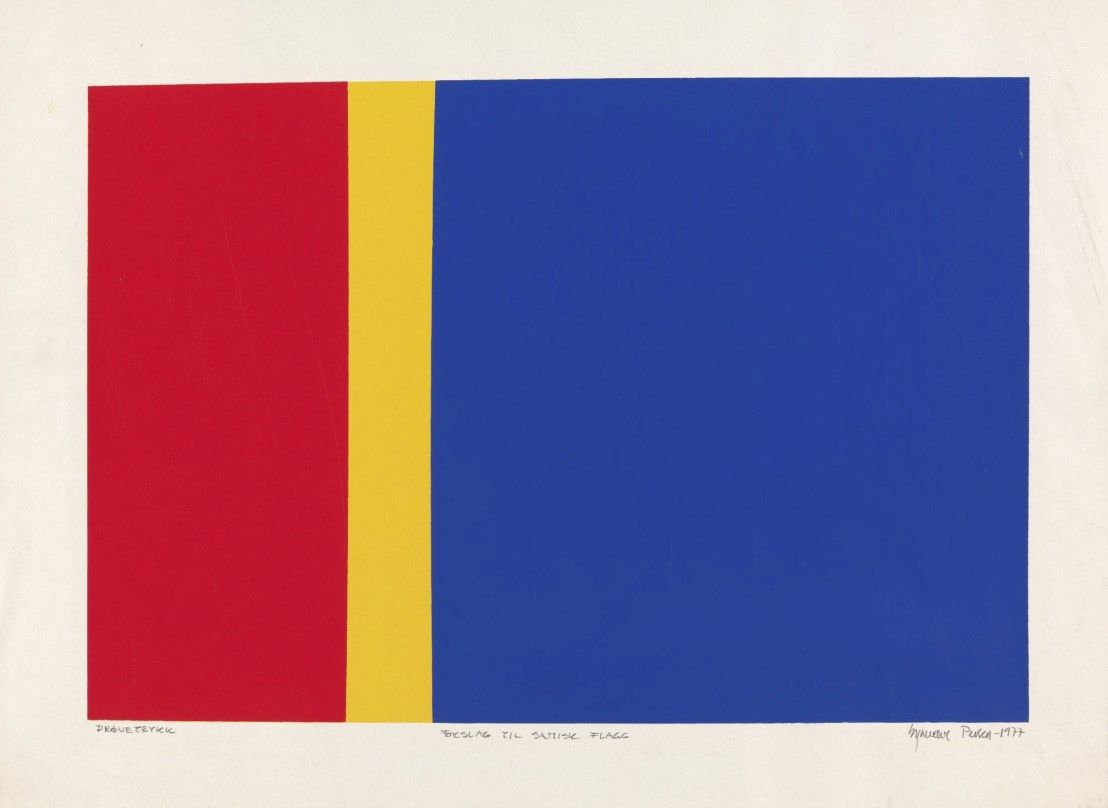Yes, for sure. History comes closer in a totally new way. Through this process, I have learned something new about my own, our own, history, that I never learned in any school. Through my mother, I could look closer at the hardline Norwegification process, which started while she was in school, before World War II. I’ve learned a lot… I started school in 1957 and have twenty years of education in this system. We learned nothing about Sámi history. We did learn about Gudbrandsdalen, Norwegian farmer’s history, the National Romantic period, but nothing about ourselves. By releasing this collection of poetry, I’m telling a story no one from my generation ever heard. Today, we are the old ones, but this is also true for the ones coming for decades after us. So, I feel I’m doing something very important, also in terms of telling the stories of the women. The women, giving birth to children, raising children, losing children, staying at home, taking care of man, child, house. That was their life… and still they were abused, disregarded. I remember from when I was a little girl how I saw my own mother being treated badly by anyone who felt they were above her in some hierarchy, Norwegians… and it felt so incredibly wrong to me. By writing these poems, I’ve told a small part of women’s history.


